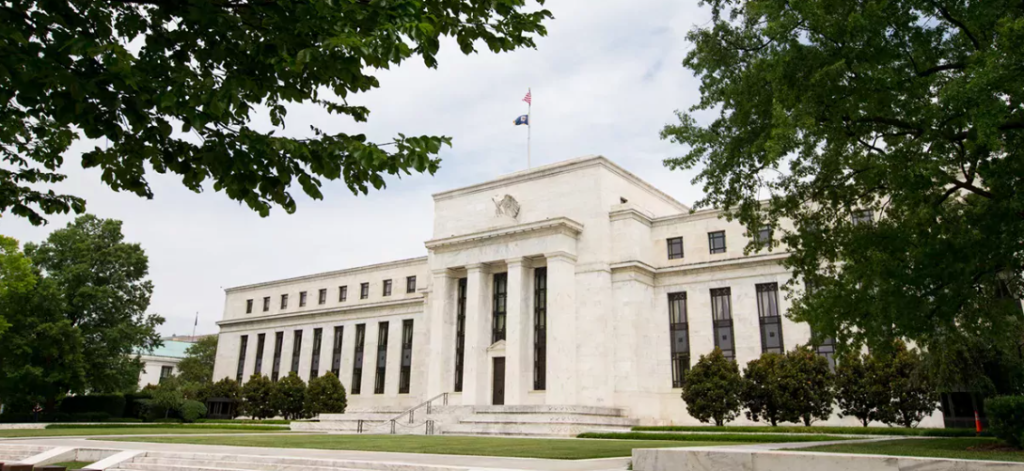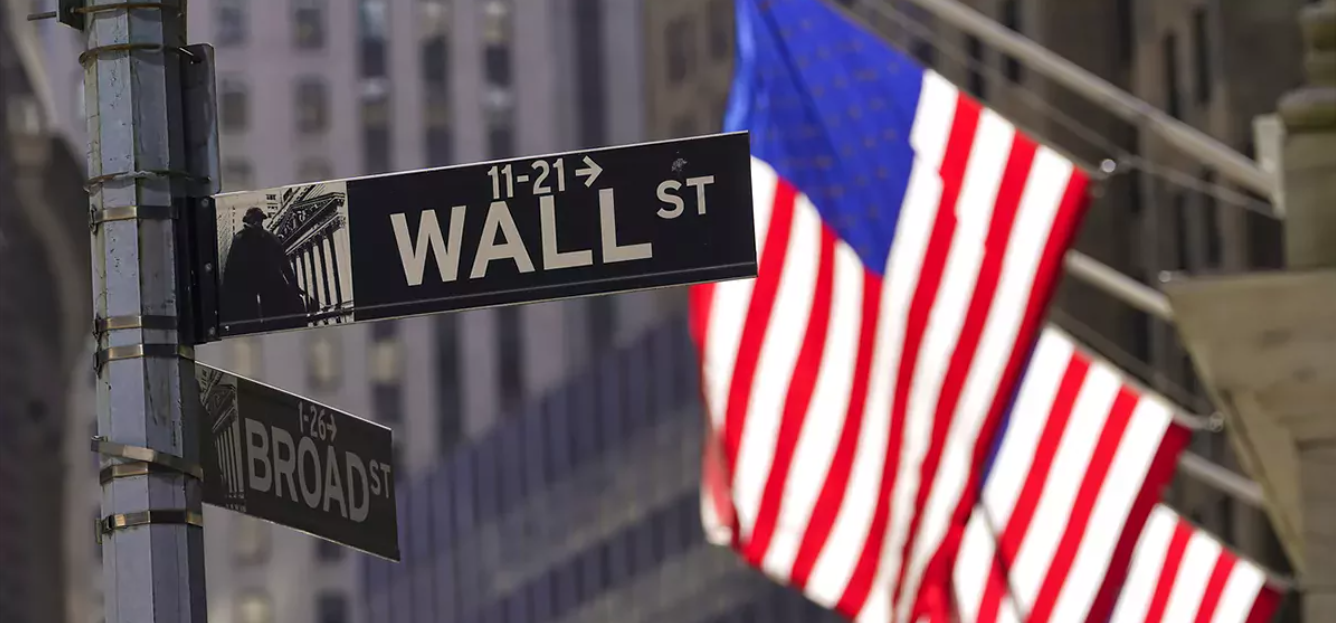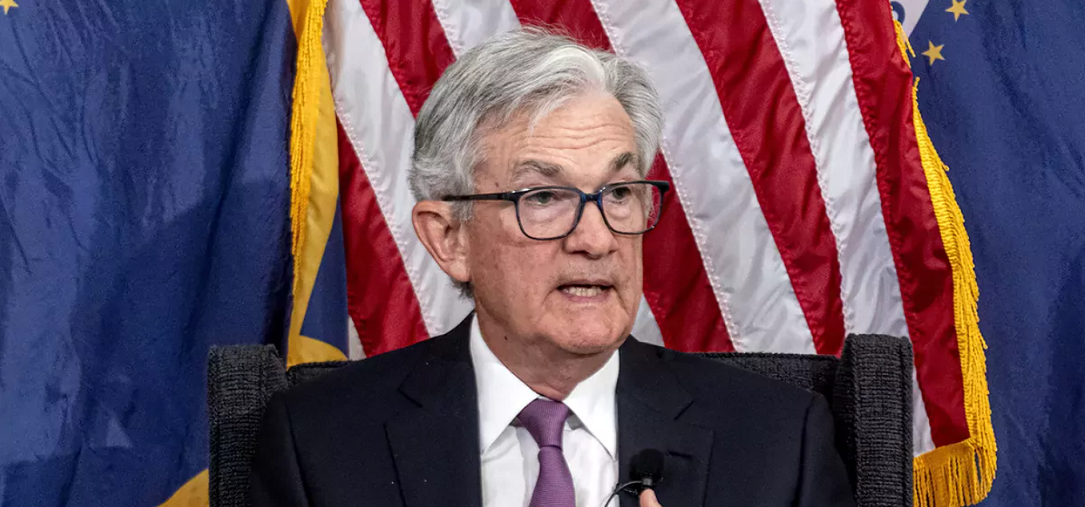
François Christen
Chief Economist
Bond investors have finally bought into the roadmap outlined by the US central bank.
Original article published on agefi.com

Recent macroeconomic news has dashed the hopes of a Federal Reserve “pivot” that fueled financial market exuberance in January 2023. The gap between the central bank’s projections and the expectations reflected in the term structure of interest rates in dollars has completely vanished in response to the publication of several indicators highlighting the firmness of the economy and the problematic persistence of inflation in the USA.
Admittedly, year-on-year inflation continued to decline to 6.4% in January after 6.5% in December, but the monthly increases in the overall index (0.5%) and the index excluding energy and food (0.4%) is still not in line with the Fed’s targets. However, it is worth noting the predominant influence of shelter prices, which tend to “lag” the evolution of prices in general. Upstream, producer prices are showing a monthly increase of 0.7% (0.5% excluding energy and food), which is incompatible with the central bankers’ objective.
The activity indicators are pointing upwards and far from validating the fears of recession. Retail sales jumped by 3% in January. The rebound in manufacturing output (up 1% in January) and the NAHB index (42 in February after 35 in January) reflect a continued firmness in the economy. In short, the recent news lends further credibility to the scenario outlined by Jerome Powell and his FOMC colleagues when they talk of monetary interest rates being raised durably above 5% to restore price stability.
The past fortnight has seen a significant increase in dollar yields at all maturities. Nearly 4% in mid-January, the yield on the 2-year T-Note peaked at 4.7% last Friday. The yield on the 10-year T-Note reached 3.9%, a considerable jump from the 3.35% level seen at the end of January. This correction erases a large part of the inflated gains made in January and could be an attractive “entry point” for investors who want to increase their bond exposure and hedge against recession risks that may materialize later.
The euro capital market was not spared the shockwave from the US. The yield on the German 10-year Bund rose above 2.5% before falling back to around 2.4%. Tensions are even more acute on short maturities, which include the prospect of monetary interest rates peaking at around 3.75% next September. The meagre economic news is not likely to call into question the 0.5% interest rate hike expected on 16 March. In the UK, the rebound in retail sales in January and the acceleration in wage inflation could lead the Bank of England to maintain a restrictive stance for longer than expected, which has generated strong upward pressure on the sterling yield curve. The damage to the Swiss market has been mitigated by the fact that inflation in Switzerland has behaved well (3.3% annual, 2.2% excluding energy and food in January).
On the credit market, risk premiums have risen slightly, but this does not call into question the spectacular
decline observed since the end of September. This serenity, which can also be seen in the equity market,
reflects the persistent but fragile hope of a soft landing for the western economies despite the challenges
facing the central banks in their maneuver.









